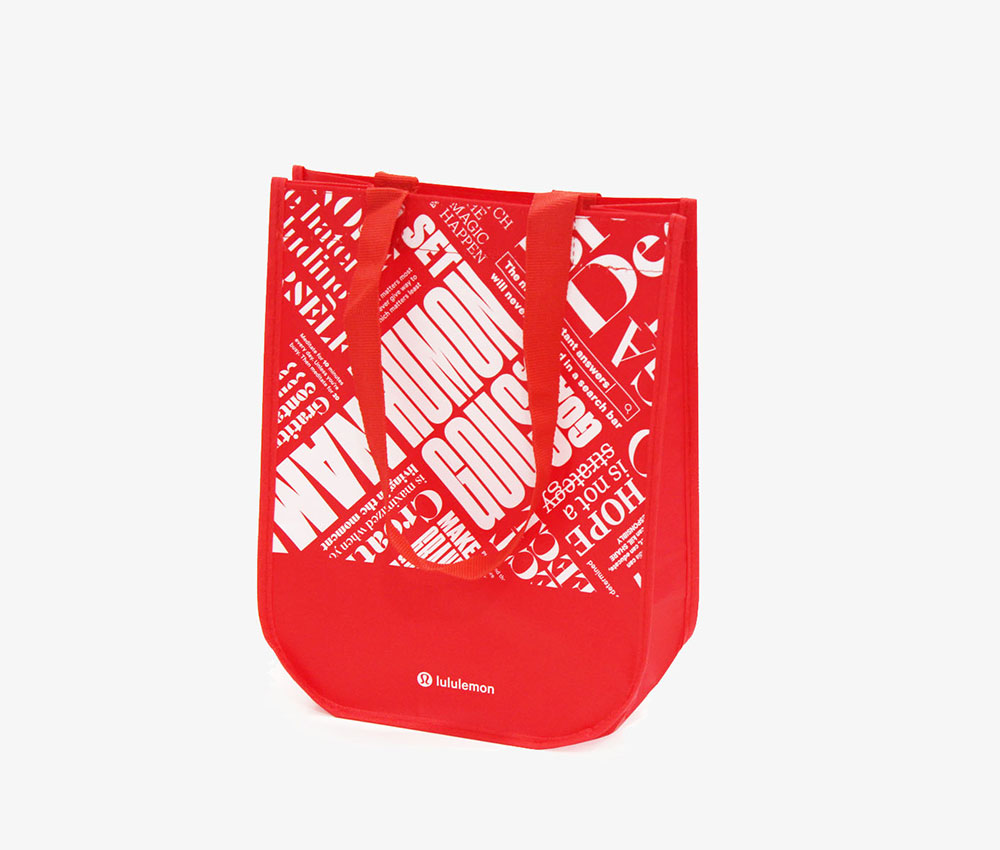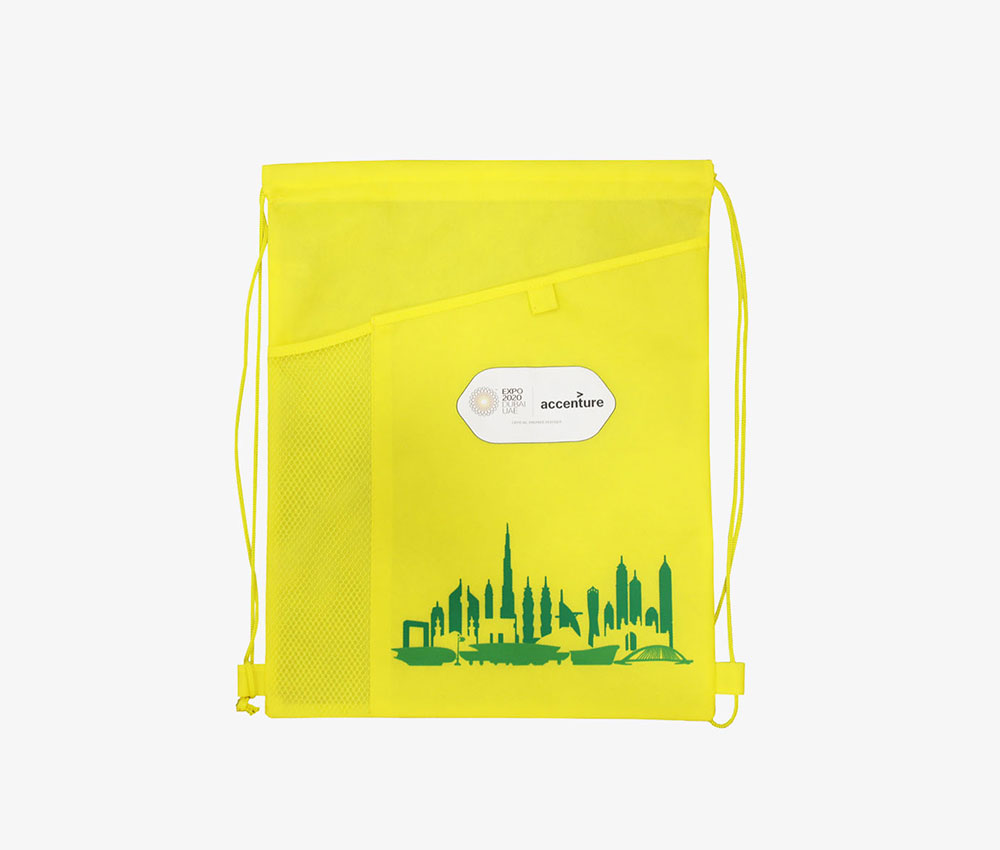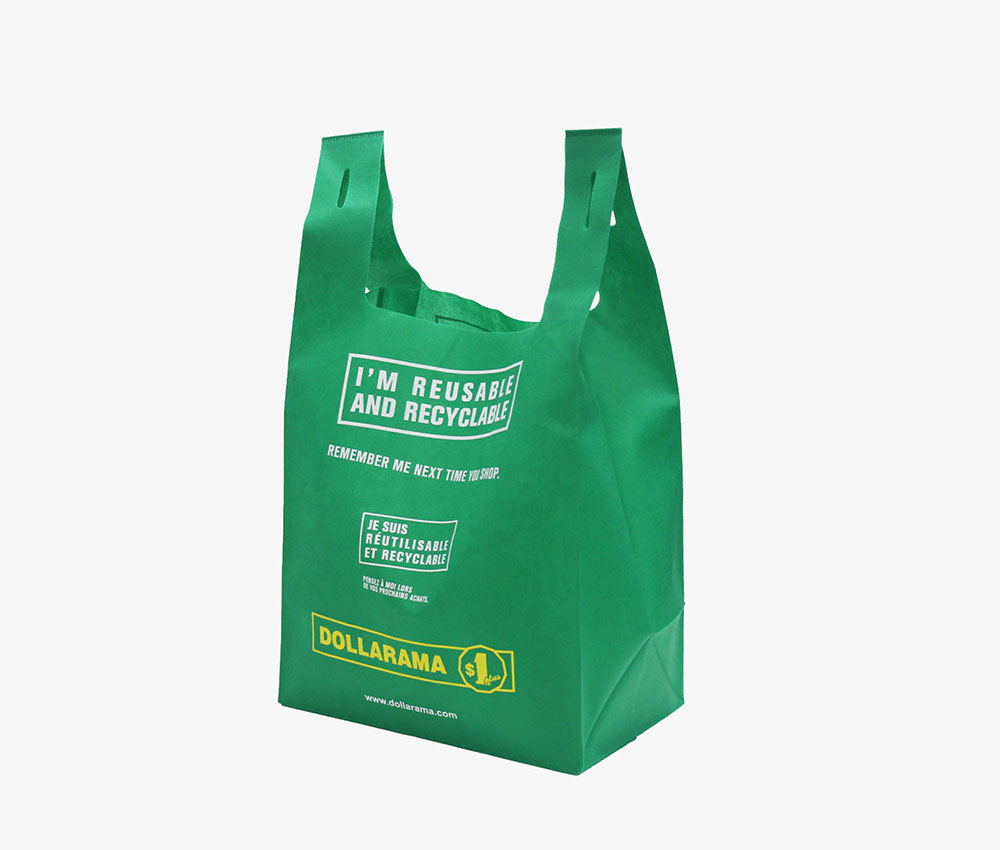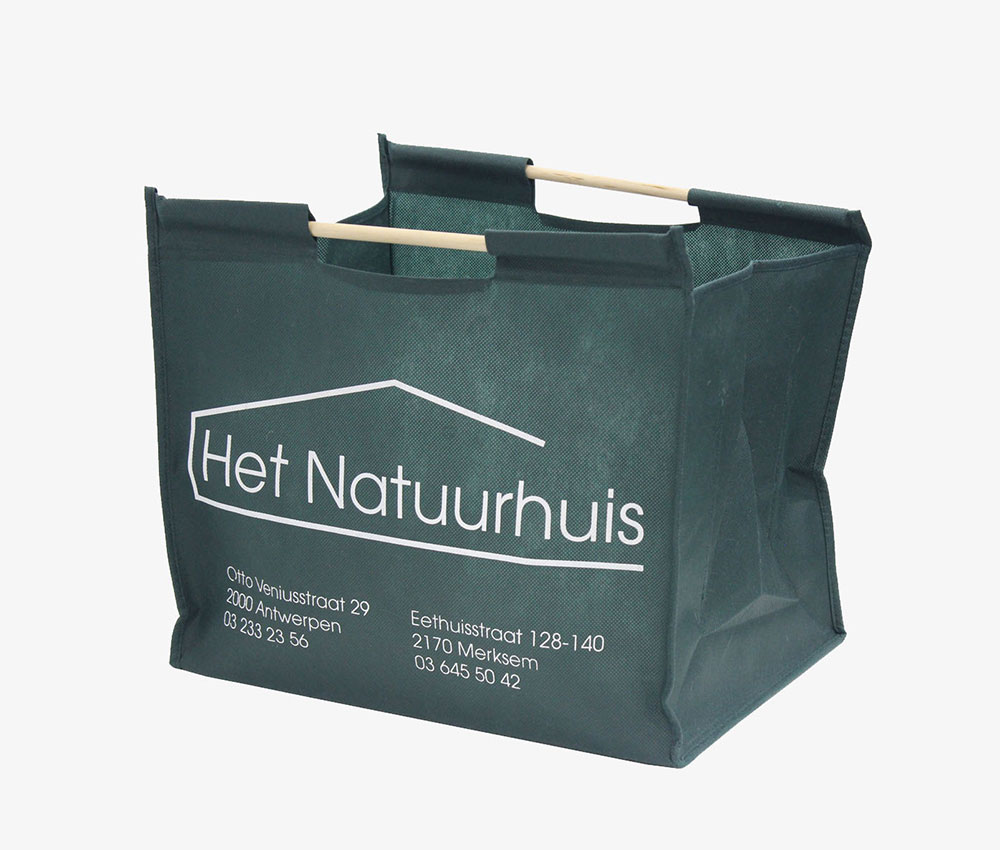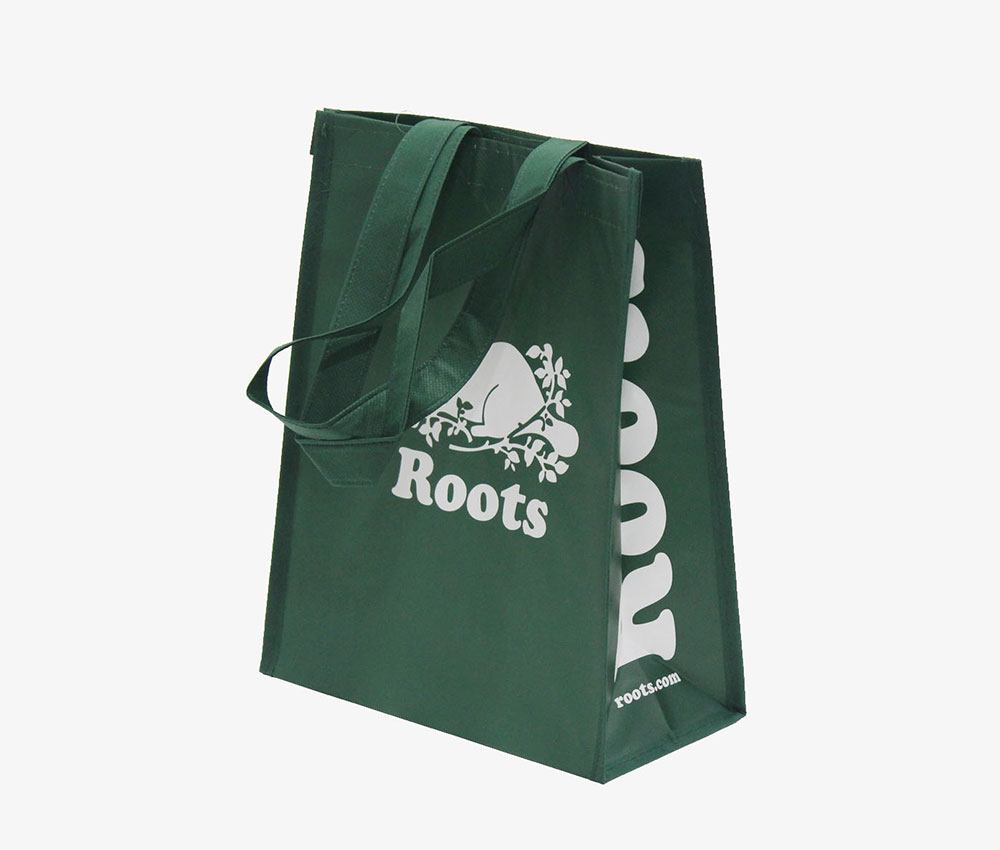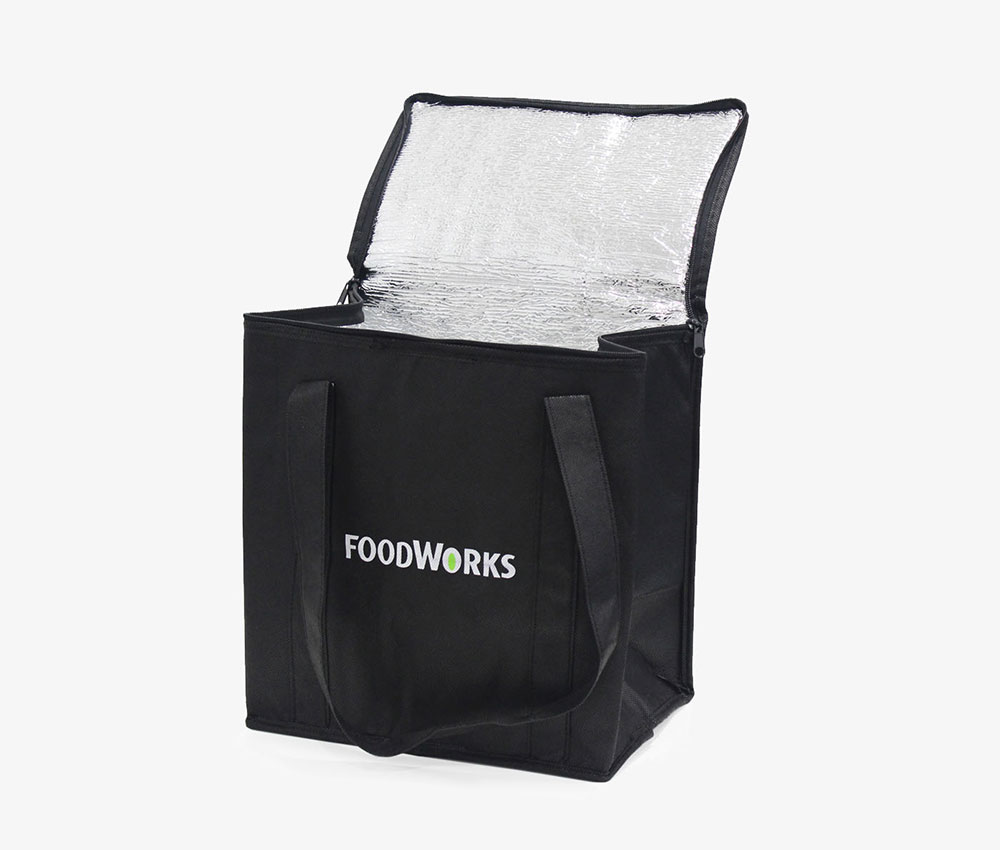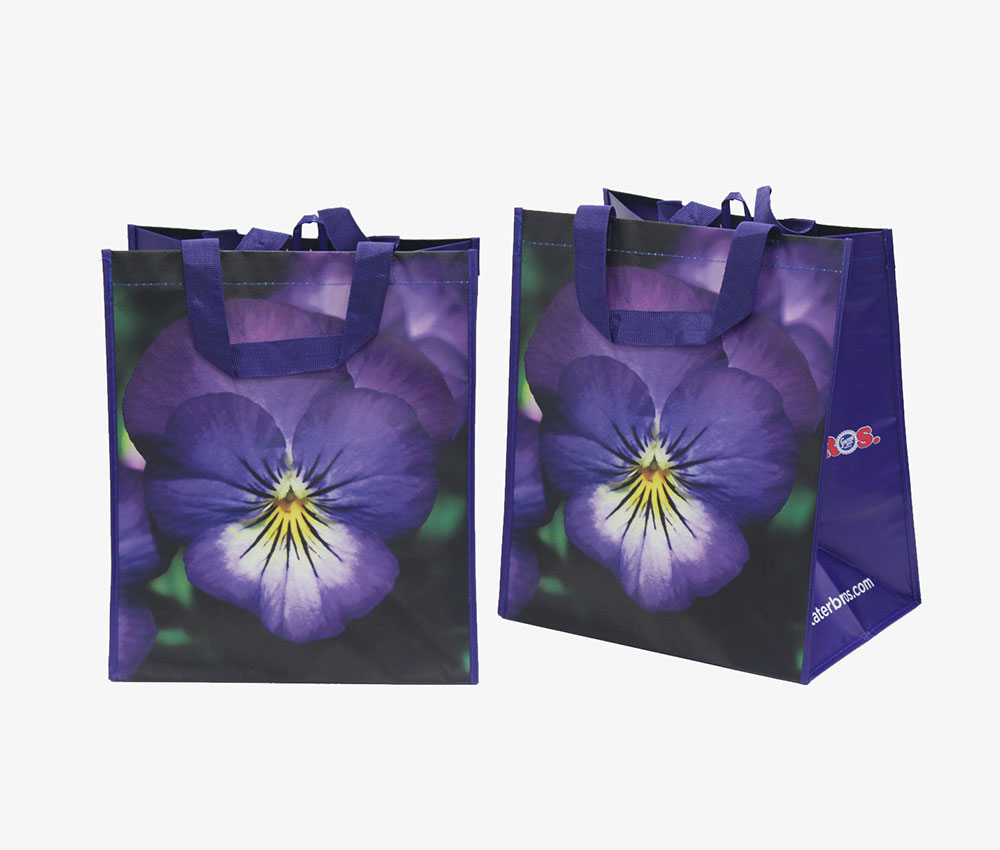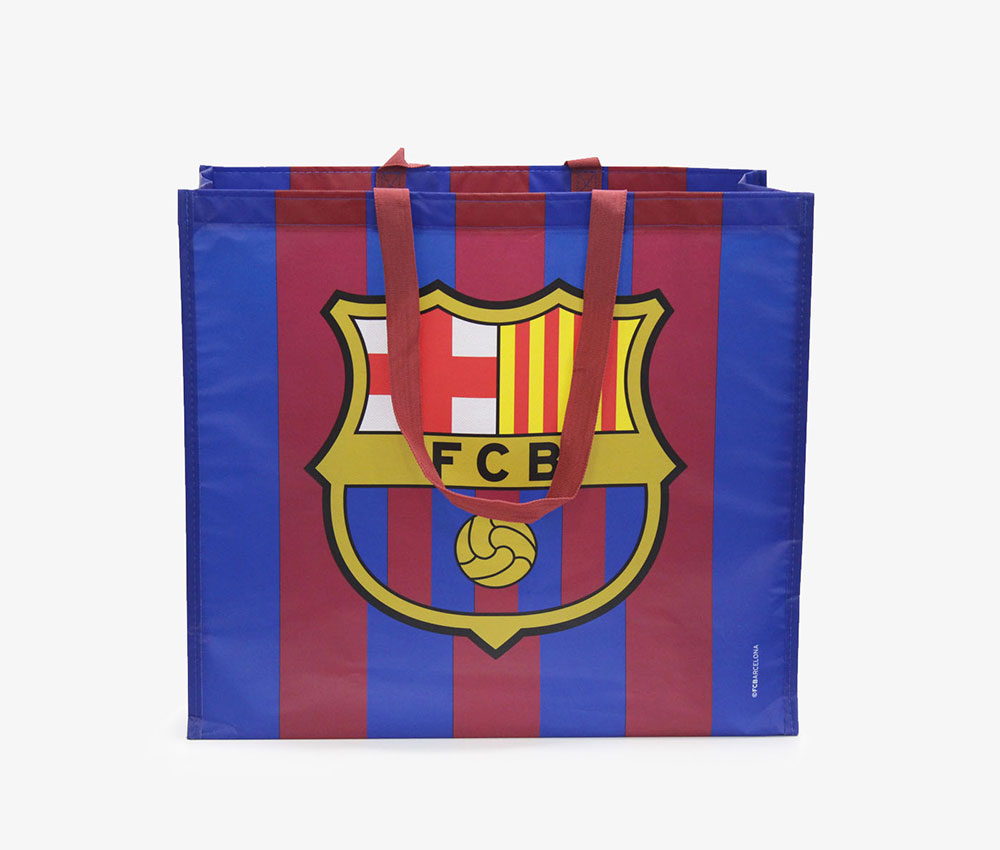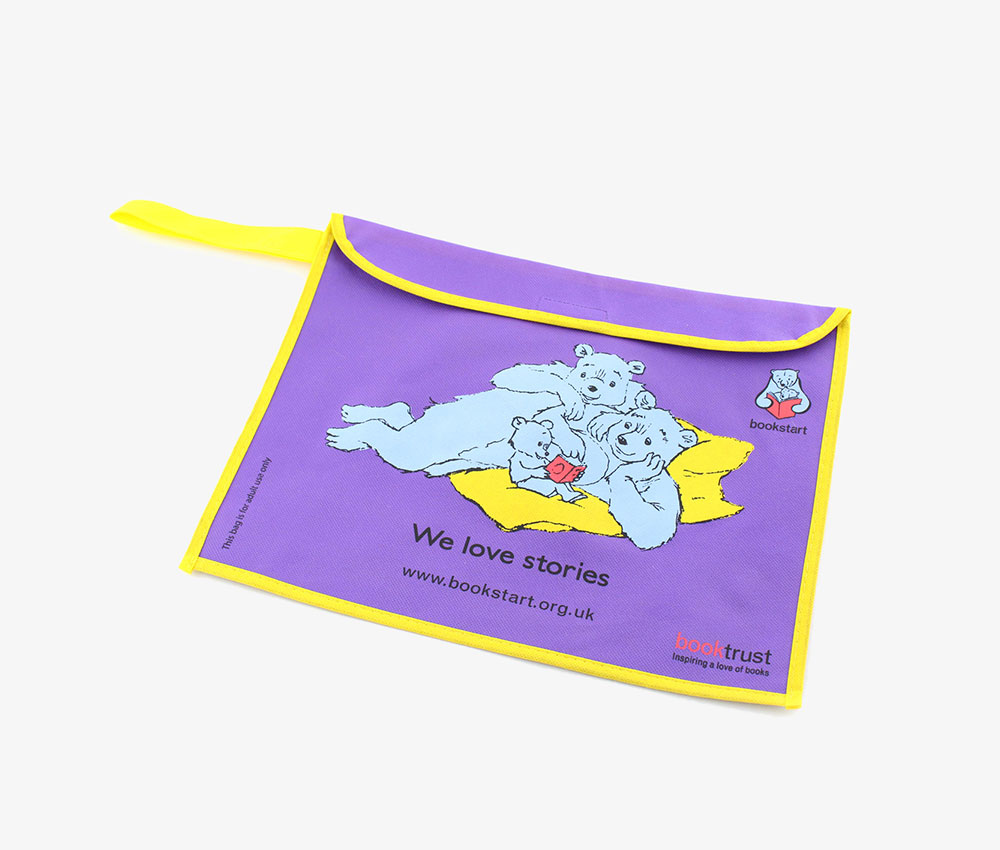Sustainable
non woven pp
Non-woven polypropylene, more commonly known as NWPP, is considered a miracle non-woven fabric due to its eco-friendly characteristics.
It is a widely used man-made plastic resin that is bonded together by fusing the fibres using heat and pressure. As a result, the fibres do not need to go through the process of being spun into yarn as there is no weaving or knitting required.
The finished fabric is designed to have the look, feel and quality of cloth in that it is lightweight, soft and strong. It’s an innovative and technologically advanced material that has amazing properties for performance textiles making it a popular choice for bags, face masks and home accessories.
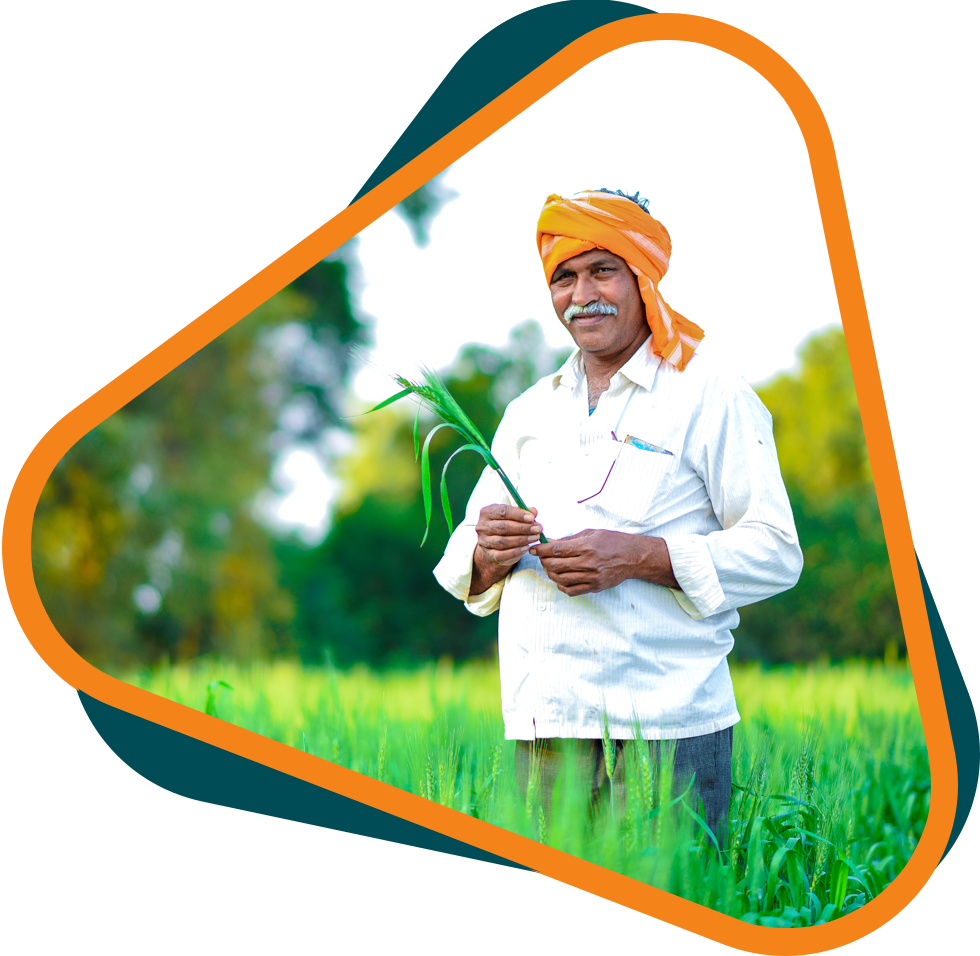
Types
of non woven pp
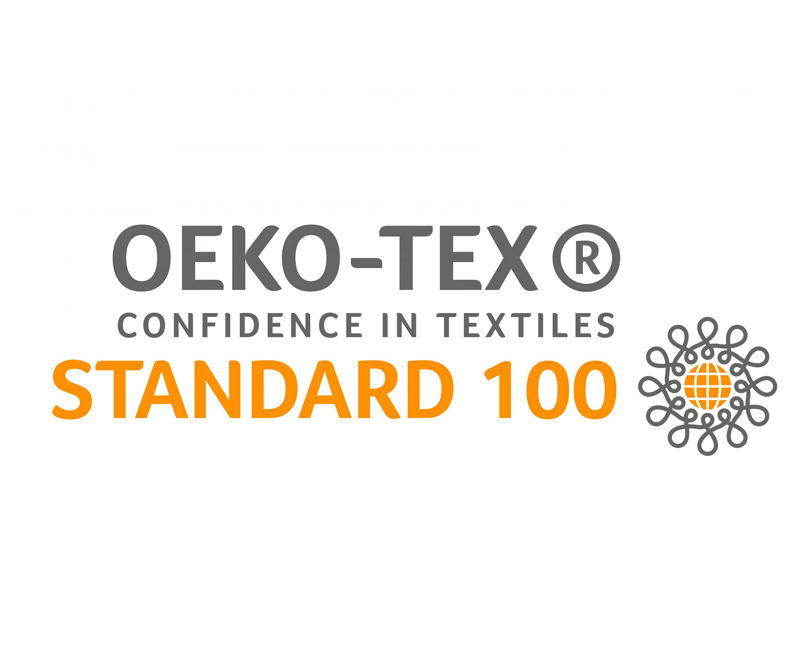
It is formed when randomly oriented fibres are compressed and melted together in a pattern of small, closely spaced welds, called point bonds. Spun-bond fabrics have excellent moisture resistance which makes them washable, and they can either be medical-grade for face masks or industry-grade for upholstery.


This produces a non-woven PP fabric that tends to be naturally springy and, in contrast to spun-bond and melt-blown, absorbs liquids so cannot be washed. This type of non-woven PP is not something we currently offer.

Need more information about our eco certifications?

Not an
ordinary plastic
Non-woven PP was discovered in 1951 and is made using a process called extraction.
Propylene (a colourless gas) is extracted from crude oil using a chemical reaction and is then polymerized to form a synthetic substance with very large molecules known as a polymer. This polymer is then spun into threads which can be put together in the form of a sheet or web and then bound thermally to form a soft and versatile material, known as non-woven PP.
The final steps in the production process and the applications of the material will vary depending on what type of non-woven PP is being manufactured.
Some of the more common uses of non-woven PP include bags, face masks and surgical gowns.
Why we use non woven pp
It is highly durable, impermeable and 100% recyclable
One process is used in its production which reduces the risk of contamination
Our
non woven pp products
Are you unable to find the product you’re looking for?
Learn
a little more
Just like any other plastic, it should be kept away from heat which means no ironing.
The weight per unit area of woven fabric is expressed by gram weight per square meter (gsm), which is an important technical index of woven fabric. Gram weight per square meter mainly depends on the density of warp and weft and the thickness of flat yarn so the higher the gsm the denser the fabric.
All weights include lamination which typically adds approximately 20gsm to woven PP fabric.
90gsm
Typically tends to be muslin fabric which is very light weight and hence has also got very little strength.
110gsm
Light weight cotton which is typically used as lining or for cheaper price focussed products.
150gsm
The most popular weight of cotton used as it provides the flexibility as well as as the strength needed to make many products. This weight of cotton is widely produced making it the most cost-effective option.
180gsm
This is heavier cotton where the product needs to look more premium than a regular one.
Woven PP can be dyed to hundreds of colours although Pantone matching is not available.
The final step in the production of woven PP fabric is applying any finishes that will enhance the material by adding special characteristics or changing the look or feel of the material.
There are various finishes that we often add to woven PP depending on the product that it is being used to make. Here are a couple of the most common:
Laminated
Available in gloss or matt and can be applied to canvas to make it even stronger, sturdier and more durable. This is a great finish when creating a bag or product that is required to hold its shape. The three types of lamination we use are PP, which uses less plastic, LDPE, which is more recyclable, and HDPE.
Fused
When another material is stuck to the canvas using a glue such as an inner lining for a bag or jacket.
Stiffened
The fibres are treated with starch to help stiffen the fabric allowing it to hold its shape.
Waxed
A wax coating is applied to the surface of the fabric to make products that are more suited for outdoors such as bags and jackets.
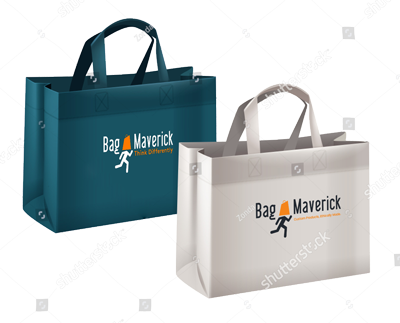
Woven PP can easily be branded with your artwork using a variety of techniques. Learn more about each one here
• Screen Printing
• Sublimination
• Transfer Printing
Plain Weave
Twill
Twill is most notably characterized and regarded by its diagonal weave. This pattern is created by weaving the weft thread over one and under two (or even more) warp threads to give an appearance of diagonal lines. It creates a very lightweight fabric and makes for a great printing surface.
Needle Point Canvas
An open-weave fabric with small holes in between the yarns. It is mainly used in needlepoint embroidery.
We can provide canvas with various certifications such as:
- Oekotex
Did you know?
Non-woven fabrics are typically 2-3 times cheaper to produce than jute or cotton
It is a material that is often used to make surgical gowns and masks due to its anti-bacterial properties
A non-woven PP bag only needs to be used 11 times for it to make a positive impact
33% of fibres found in indoor air are synthetic and polypropylene is the predominant material



